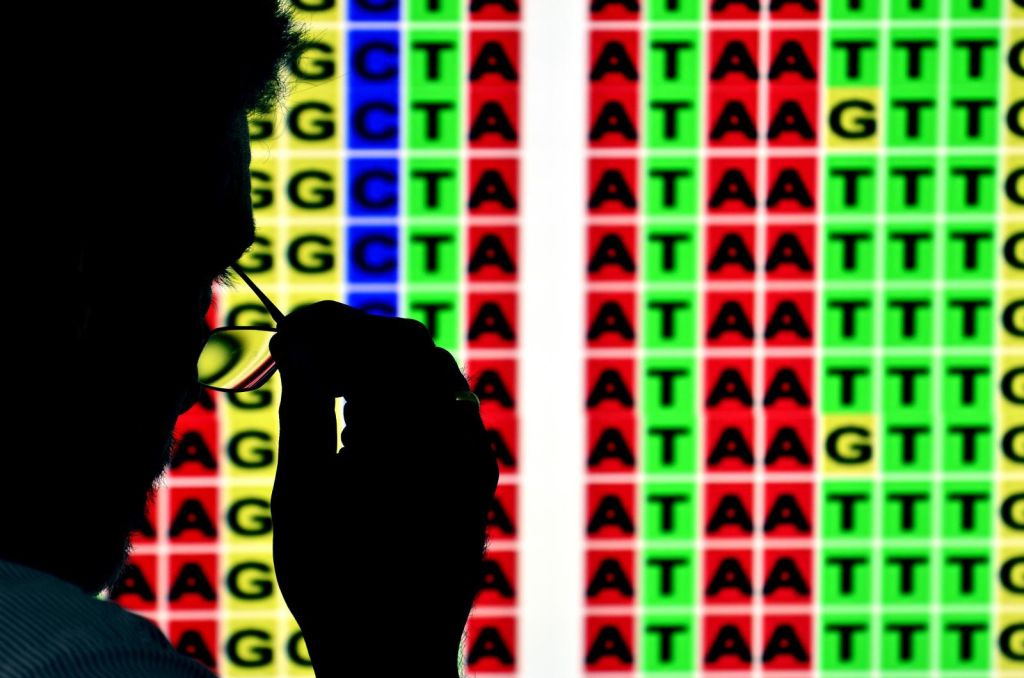2016 Breakthrough Awards include prize for sequencing of ancient DNA
Scientists the world over are under constant pressure to undertake research and conduct experiments that will pioneer new discoveries across a diversity of scientific fields.
On occasion their efforts are bolstered by the promise of financial reward, such as the $22-million that the 2016 Breakthrough Prize awarded to the world’s top researchers in physics, life sciences and mathematics in late 2015 in the United States.
Of particular interest to palaeoanthropologists was the award given to Svante Pääbo of the Max Planck Institute for Evolutionary Anthropology, who won in the life sciences sphere for pioneering the sequencing of ancient DNA and ancient genomes.
His focus was to unlock the origins of modern humans and how modern humans relate to their distant relatives, such as the Neanderthals. Pääbo’s work also covered the way in which human populations and individual traits evolve.

Pääbo’s approach has the potential to change the way in which we learn about our ancient ancestors. The long-followed routine of carefully excavating old bones or looking at the tools fashioned by our forebears to determine how they lived, may be overshadowed by a quicker, cheaper DNA sequencing method.
DNA sequencing was discovered less than a decade ago. It’s a low-cost, relatively rapid technique in which millions of DNA base-pairs are automatically read in parallel. This technique enables scientists to observe how the genes of human beings and their illnesses have evolved over tens of thousands of years.
However, working with very old DNA is hugely challenging – once a body decomposes, it is difficult to find enough material to extract DNA, and there is the added risk of contamination by modern humans.
Modern and ancient genetic material have strong similarities, especially when the DNA being studied is that of hominins that are closely related to modern humans.
During the decomposition process, water, oxygen and microbial action break down DNA, causing complete destruction within 100 000 years. When searching for DNA, often all that scientists have to work with are tiny remnants in which the DNA sequencing may have been disrupted due to damage over time.
The goal of the Breakthrough Prize awards, founded three years ago by Mark Zuckerberg, Jack Ma and Sergey Brin, is to highlight the vital work being done by science researchers.
The 2016 awards represent the most valuable prizes awarded to scientists in the world and each is worth twice as much as a Nobel Prize.
“The Breakthrough Prize honours achievements in science and math so we can encourage more pioneering research and celebrate scientists as the heroes they truly are,” said Zuckerberg.
“By challenging conventional thinking and expanding knowledge over the long term, scientists can solve the biggest problems of our time,” said Zuckerberg, at the ceremony held at the Nasa’s Ames Research Center in California.